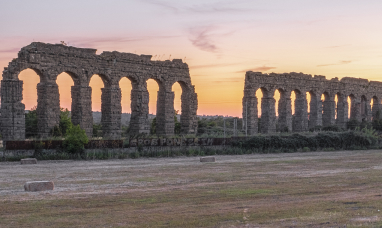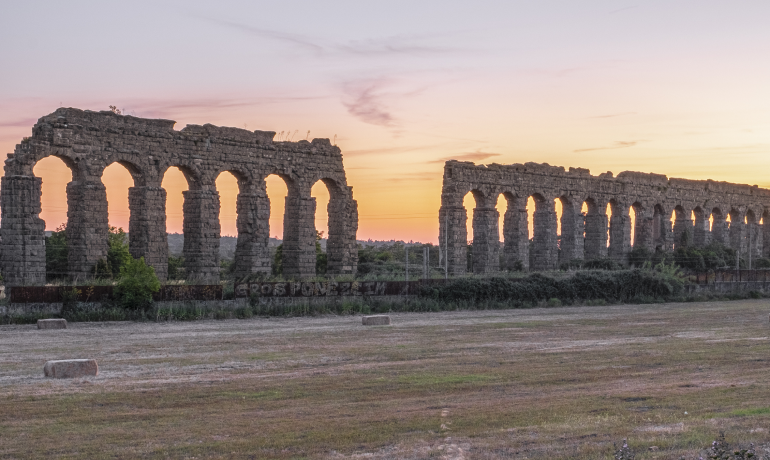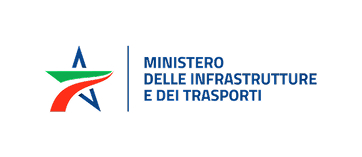All ([result_num])

New website: how navigation changes
A guide to our new digital ecosystem to help you discover our companies, services and contacts.
Trending topics


Municipalities involved
Agosta, Albano Laziale, Ariccia, Castel Gandolfo, Castel Madama, Ciampino, Frascati, Guidonia, Mandela, Marano Equo, Marino, Mentana Montecelio, Monterotondo, Pomezia, Roma, San Polo dei Cavalieri, Tivoli.
Timetable
Work started in March 2024,
expected to be completed in March 2026.
Progress of work
Start working on the first of the three planned stages.
The Marcio aqueduct is the oldest of the aqueduct works managed by Acea Ato2. The two existing channelisations that make it up were built between 1860 and 1930 in in masonry with free surface hydraulic motion. The aqueduct supplies approximately 25% of Rome's water needs, powering the east and south-east areas of Rome and 16 municipalities of ATO2.
The first phase of the intervention (out of a total of three) for the construction of the New Marcio Aqueduct consists of the construction of two new pipelines for a total length of approximately 7.5 kilometres (the first section of approximately 2.5 km was created using two parallel DN2000 pipelines and a second stretch of approximately 5 km built with a DN1800 pipeline) up to the interconnection located near the "Sifone Ceraso".
The three functional phases of the New Marcio Aqueduct will be concluded by the complete replacement of the existing Marcio Aqueduct between the Origin of the Aqueducts and the Casa Valeria artifact for a total distance of approximately 36 km.
Population served
Water networks involved
Overall cost of intervention 182.809.000 €


